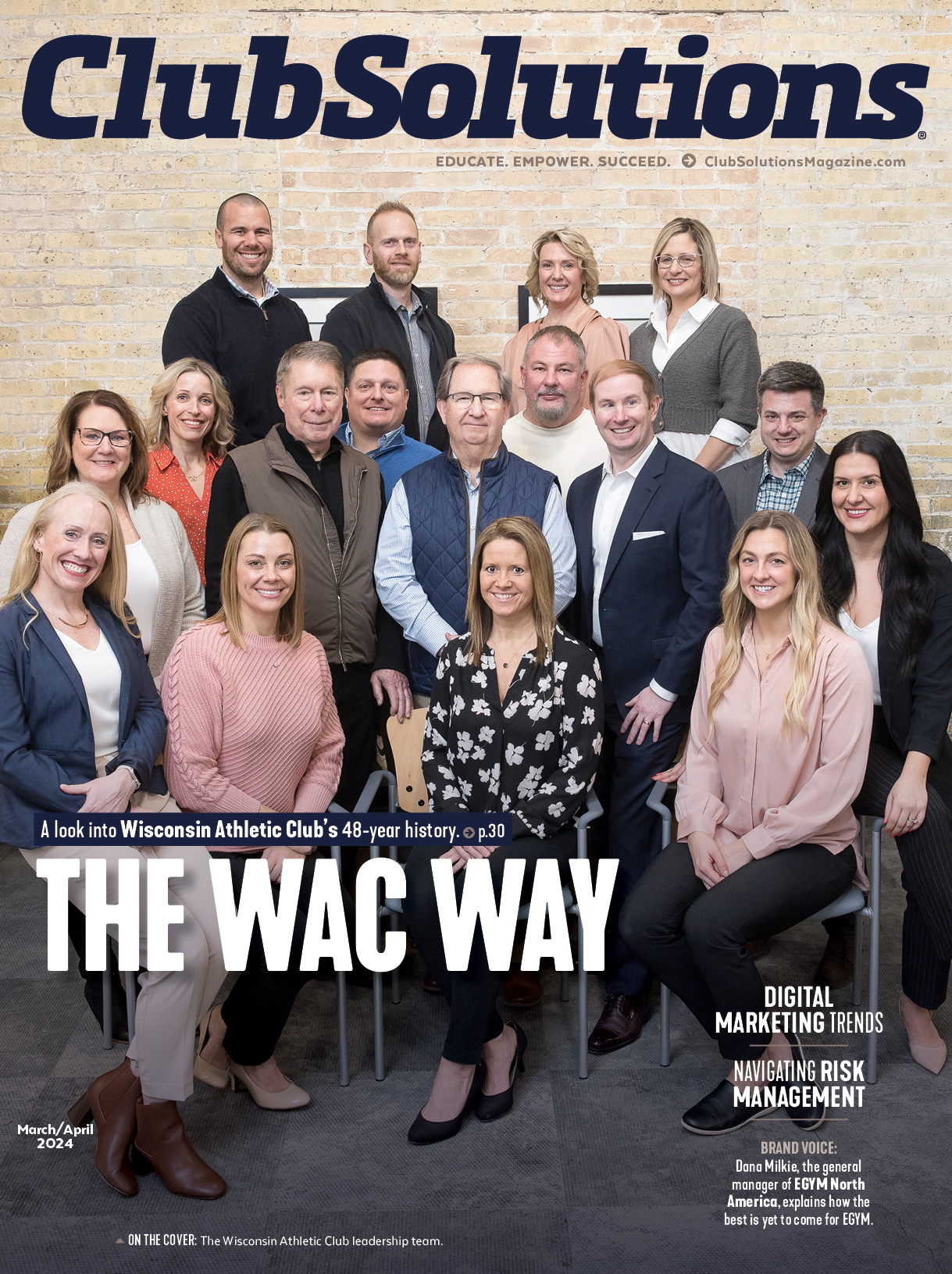A survey was done on victims in mining and factory accidents in Ghana.
When asking the people who worked and were familiar with the victims, only 6 percent blamed the victim for the accident. When asking people who were not directly familiar with the victim, 44 percent blamed the victim for the accident.
The authors of “Primed to Perform,” Neel Doshi and Lindsay McGregor, explained through the above study that “the more removed we are from someone, the more likely we are to blame them.”
So what? Well, take for instance the above example. A manager of the mine or factory where the accident happened might have a bias to blame the victim. Thus, the manager might then require workers to take more training courses. The manager would look to fix the people – because he or she blamed the worker – versus the systems, where the cause of the accident might actually be.
This is what the authors call the blame bias. “The blame bias affects the way we run organizations. Every leader has limited time to spend on improving performance. Because the blame bias causes us to blame the player, not the game, we focus on prodding the player, not changing the game. The easiest way to prod is through indirect motivators,” wrote the authors.
Sounds crazy, doesn’t it? But it happens everywhere and in every situation. Think about your gym for a moment:
Your Group X instructor keeps receiving bad feedback from a few members. They say she’s unfriendly. You’re shocked, as you’ve always perceived her to be the most amicable and friendly instructor on staff. Looking deeper into the issue, you realize she is being overwhelmed by a too large class size, which is causing her to feel overwhelmed and lose focus on her customer service and tone.
But at first you blame her personality. And you think: you almost fired the instructor when the problem was actually your fault (not having enough classes on the schedule), because of a little thing called the blame bias.
So, how can you identify the blame bias in your business? The authors offered four steps:
- Remember: Assume positive intent and realize the person probably means well, reminding you that it may be, well, you.
- Explain: Come up with five scenarios in your mind that could explain the staff person’s behavior that does not assume a problem with the person.
- Ask: State your observation in a way that shows you are assuming they have good intent, but also gets to the root of the question – why?
- Plan: Figure out the true cause of the issue and make a plan of attack.











